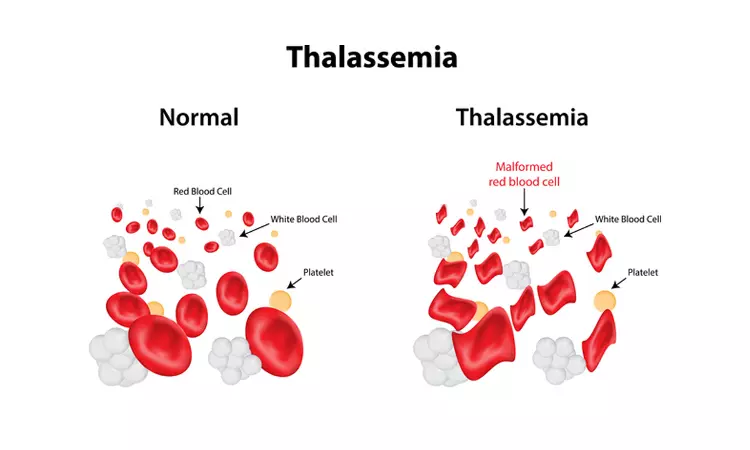The Need For A Comprehensive Blood Law For India: Thalassemia In Focus
Anubha Taneja Mukherjee
28 Nov 2023 2:15 PM IST

NBTC is currently housed under the Directorate General of Health Services (DGHS) and is the apex policy making body for issues pertaining to blood and plasma. However, NBTC does not find any mention in the D&C Act or the Rules. As a result, standards published by NBTC are not enforceable. Moreover, these guidelines themselves are outdated. Even the guidelines’ amendment of 2022 failed to mandate blood screening technologies to be used by blood banks thereby creating disparity in blood screening in India.
As a result of the above fragmentation of the regulatory framework and confusion with regard to responsibilities of various bodies, essential aspects to blood safety including voluntary blood donation and blood screening continue to remain outside the regulatory net.
Following are some of the specific recommendations for improving the regulatory framework for blood transfusion services in India - 1) review of the NBTC guidelines against the assessment criteria adopted by the World Health Organization (WHO) in 2011; 2) adoption of blood screening mandates adopted by the USA and the EU to achieve prevention of TTIs like HIV, HCV, HBV, etc.; 3) bringing NBTC and its guidelines under the D&C Act & Rules and designating NBTC as the regulator for blood transfusion services having a say in the licensing function of CDSCO; 4) making the renewal of licenses of blood banks dependent on the condition that a certain percentage of blood collection shall be through Voluntary Blood Donation; 5) including patient bodies and civil society in policy making process.
The author is the Member-Secretary, Thalassemia Patients Advocacy Group.
[1] Prevalence of transfusion-transmitted infections in multiple blood transfusion-dependent thalassemic patients in Asia: A systemic review; International Journal of Immunopathology and Pharmacology Volume 36: 1–9 (2022)
[2] Section 3(b)(i): All medicines for internal or external use of human beings or animals and all substances intended to be used for or in the diagnosis, treatment, mitigation or prevention of any disease or disorder in human beings or animals, including preparations applied on human body for the purpose of repelling insects like mosquitoes
[3] Part XB, D&C Rules
[4] Schedule F, Part XIIB, D&C Rules
[5] 1996 SCC (1) 753
[6] Common Cause v. Union of India, 1996 SCC (1) 753


